Empowered Self Defence (ESD)
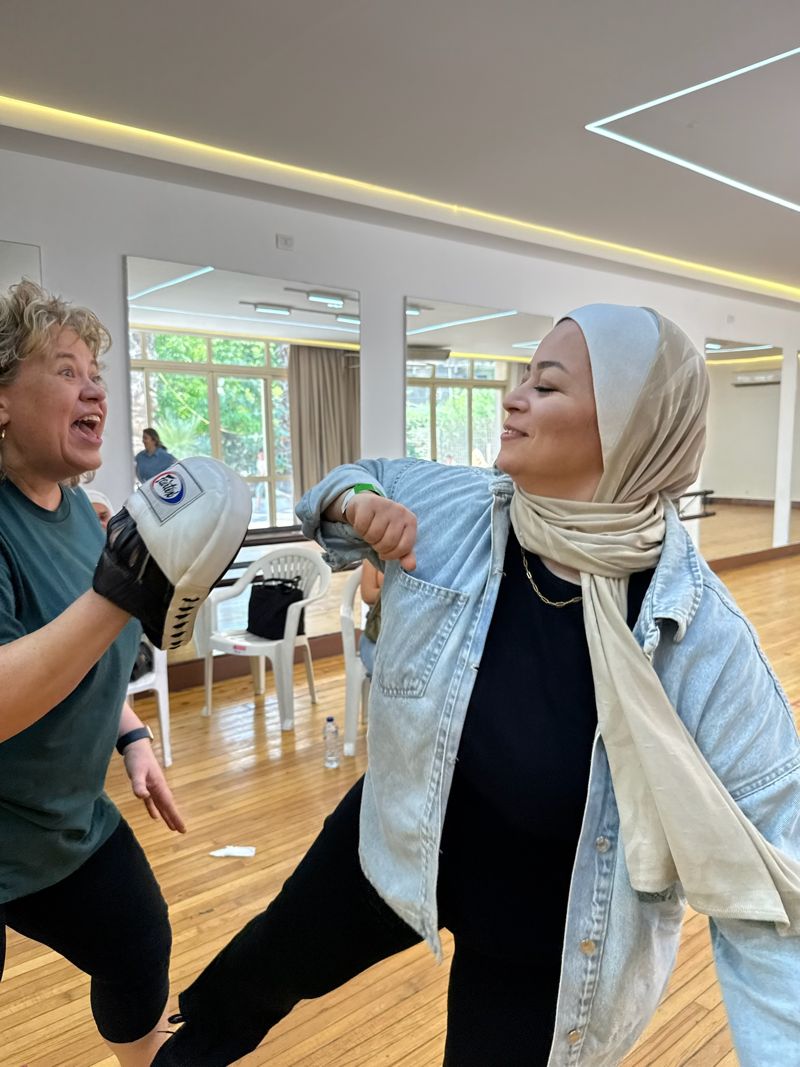
Empowered Self Defence (ESD) is a trauma-informed, feminist-based intervention designed to prevent sexual violence and re-victimisation while promoting healing and empowerment.
Unlike conventional self-defence, ESD is trauma-informed and grounded in feminist principles. Designed by women, for women, it goes beyond physical techniques to include:
Bodily autonomy and awareness
Rejection of rape myths
Verbal boundary-setting and de-escalation
Somatic integration
(informed by the “body keeps the score” framework)
Whole-self transformation
emotional, cognitive, and physical
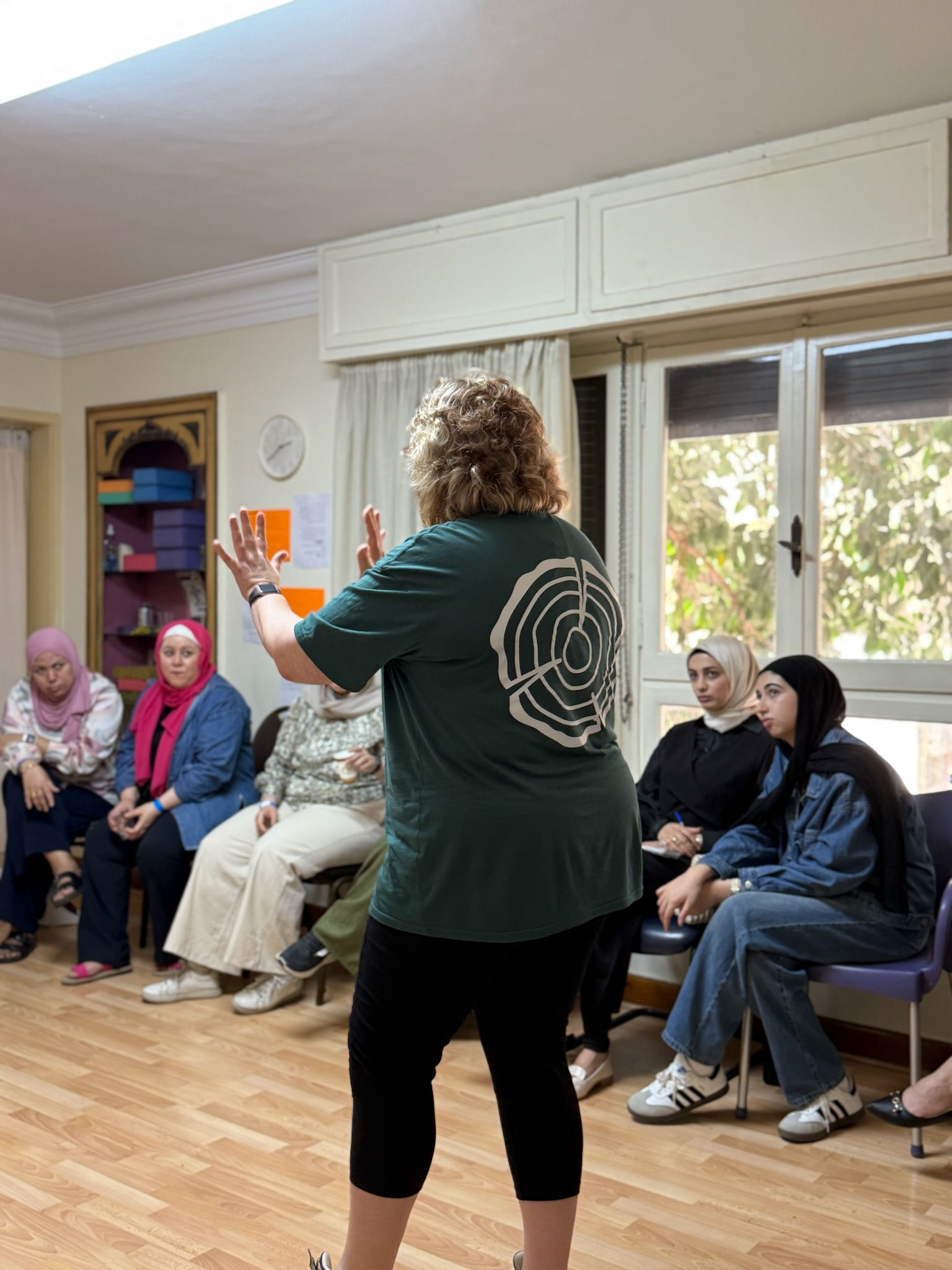
ESD is not about changing your behaviour so that perpetrators don’t have to change theirs.
It is not being presented as a solution to what is a systemic and societal issue.
The issue is not ours to solve. It’s not our responsibility.
The onus is, and solely should be, on the perpetrators.
Della O’Sullivan.
Fight Like a Girl: An empowering self-defence guide for all women
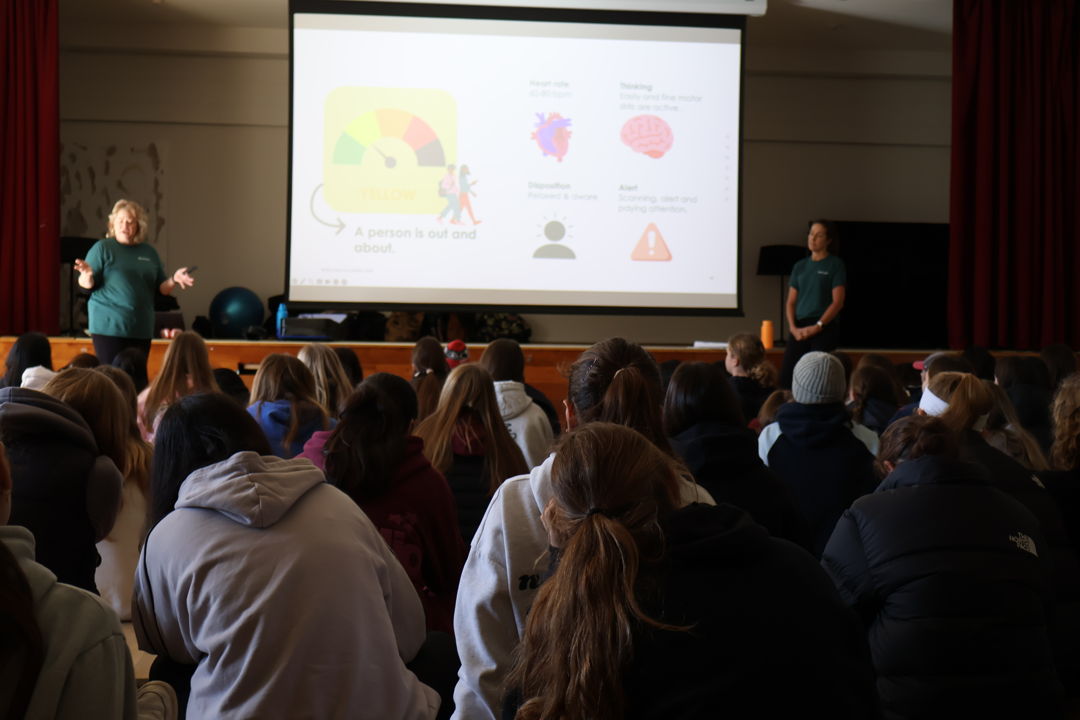
In High Schools
Investing in prevention is investing in student success. Empowering stronger students.
Our Mission
Committed to ensuring that every young woman feels confident, safe, and empowered to respond to threat.
Our Vision
Contributing meaningfully to the national effort to end Gendered Violence in Australia.
- Recognise and assert boundaries
- Reject victim-blaming messages
- Build confidence and physical competence
- Delivered in age-appropriate, inclusive formats, these workshops help young people develop lifelong safety and empowerment tools.
Because every student deserves to feel safe, strong, and seen.
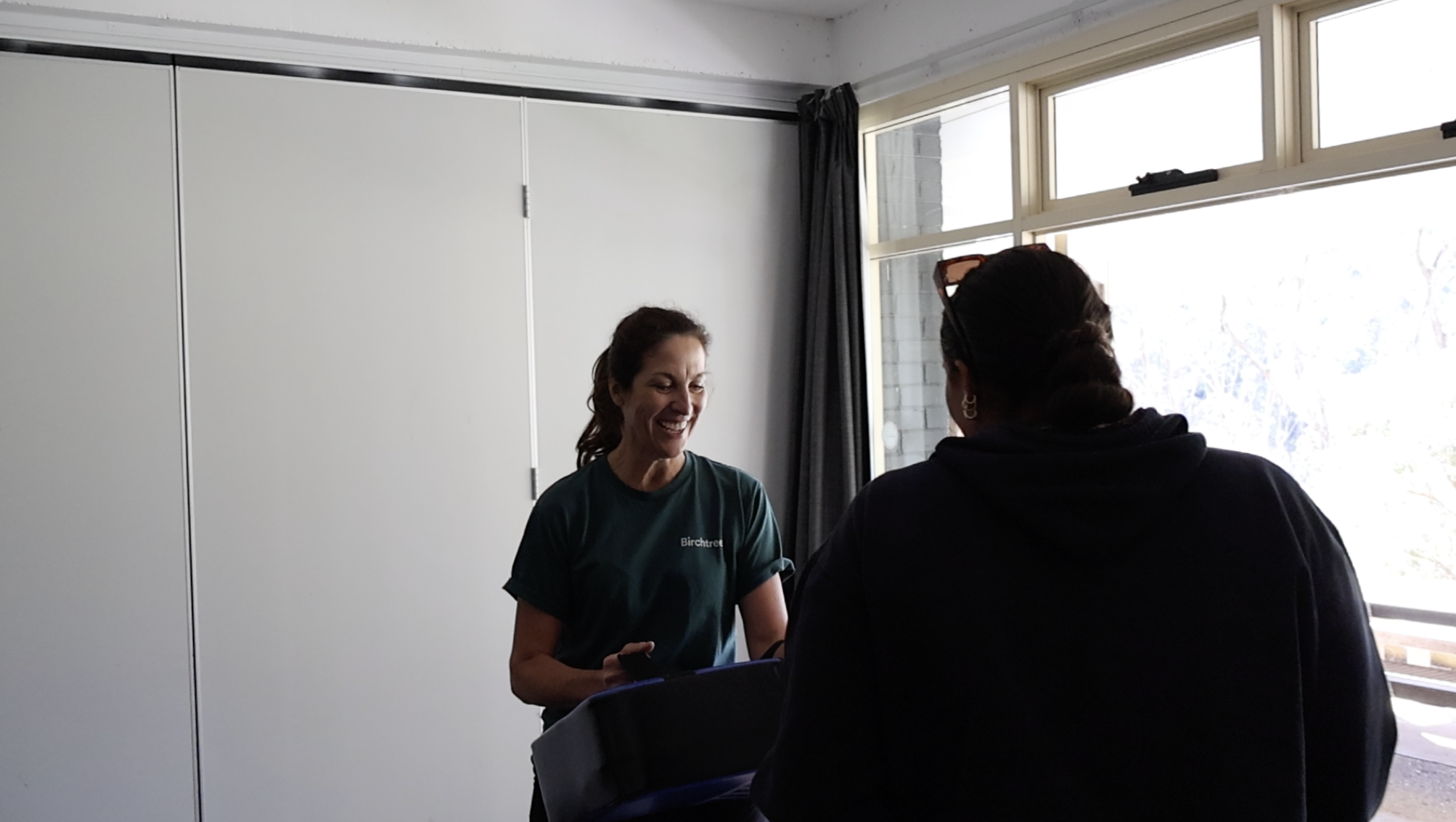
Creating safe, informed, and empowered school communities means addressing sexual violence before it happens, where it happens—in the very places students live, learn, and grow.
ESD has been built in accordance with the NSW Sexual Violence Plan 2022-2027, successfully addressing four out of the five pillars:
- Primary prevention
- Early intervention
- Response
- Recovery & Healing
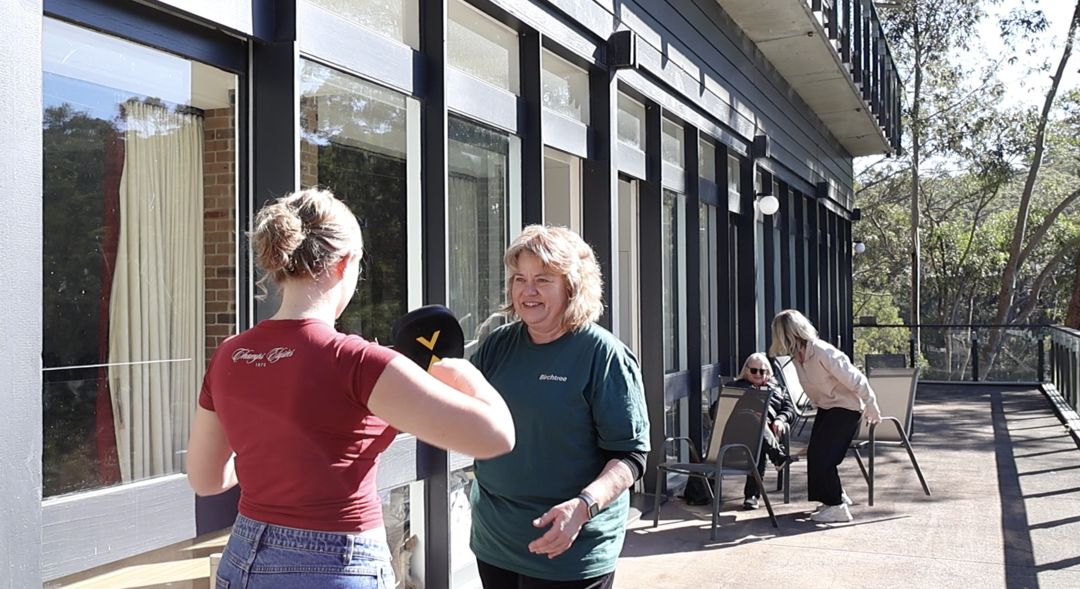
BACKED BY NATIONAL STRATEGY – BUILT FOR REAL-WORLD IMPACT.
ESD provides students with:
- Critical safety & empowerment tools
- Evidence-based strategies to prevent victimisation
- Increased confidence, autonomy, & resilience
- A trauma-informed approach to healing & peer connection
In Universities
Creating Safer Campuses. Empowering Stronger Students.
With campus sexual assault remaining a major concern, ESD offers a critical support and prevention tool for young adults. University ESD programs focus on:
- Navigating dating and consent
- Recognising coercion and manipulation
- Creating peer connection and shared advocacy
"Every student deserves to feel safe, strong, and supported."
At Birchtree, we empower young people—especially women and gender-diverse students—to reclaim autonomy, resist violence, and foster a culture of safety and respect across university campuses.
Let’s Build Safer Campuses Together

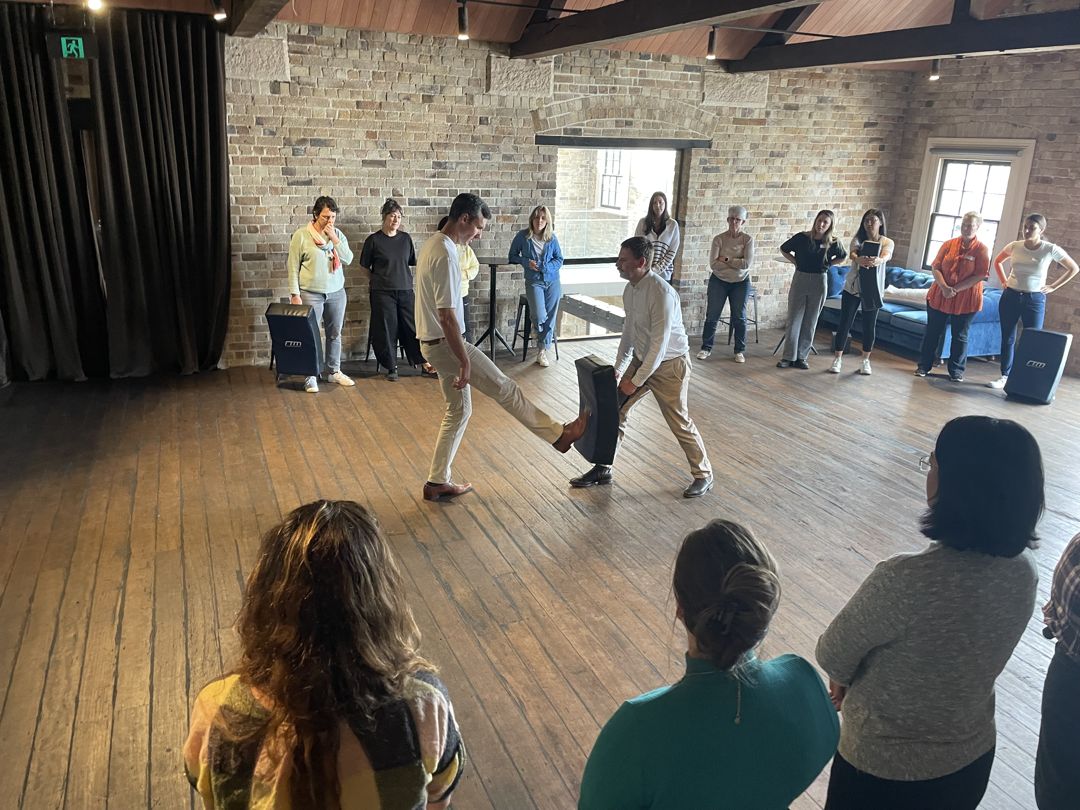
In Workplaces
Empowering teams. Preventing harassment. Building cultures of respect.
Workplace-based ESD builds not just safety, but team cohesion and resilience. These workshops are tailored for professional environments, offering:
- Empowering tools for personal safety
- Improved communication and conflict navigation
- A trauma-informed lens on workplace harassment and equity
The business sector must lead where policy lags. Prevention cannot wait.
ESD is not just a self-defence class. It’s a workplace culture intervention.
For Survivors
ESD provides survivors with an embodied healing experience.
Combining trauma-informed group work with powerful physical skills that reconnect participants with their bodies, boundaries, and voices.
Participants report:
- A reduction in fear and hypervigilance
- Increased confidence and autonomy
- A renewed sense of agency and strength
As Stephen Porges notes, choice, context, and connection are essential for restoring a sense of safety. ESD delivers all three—within a supportive community of peers who share and validate each other's experiences.
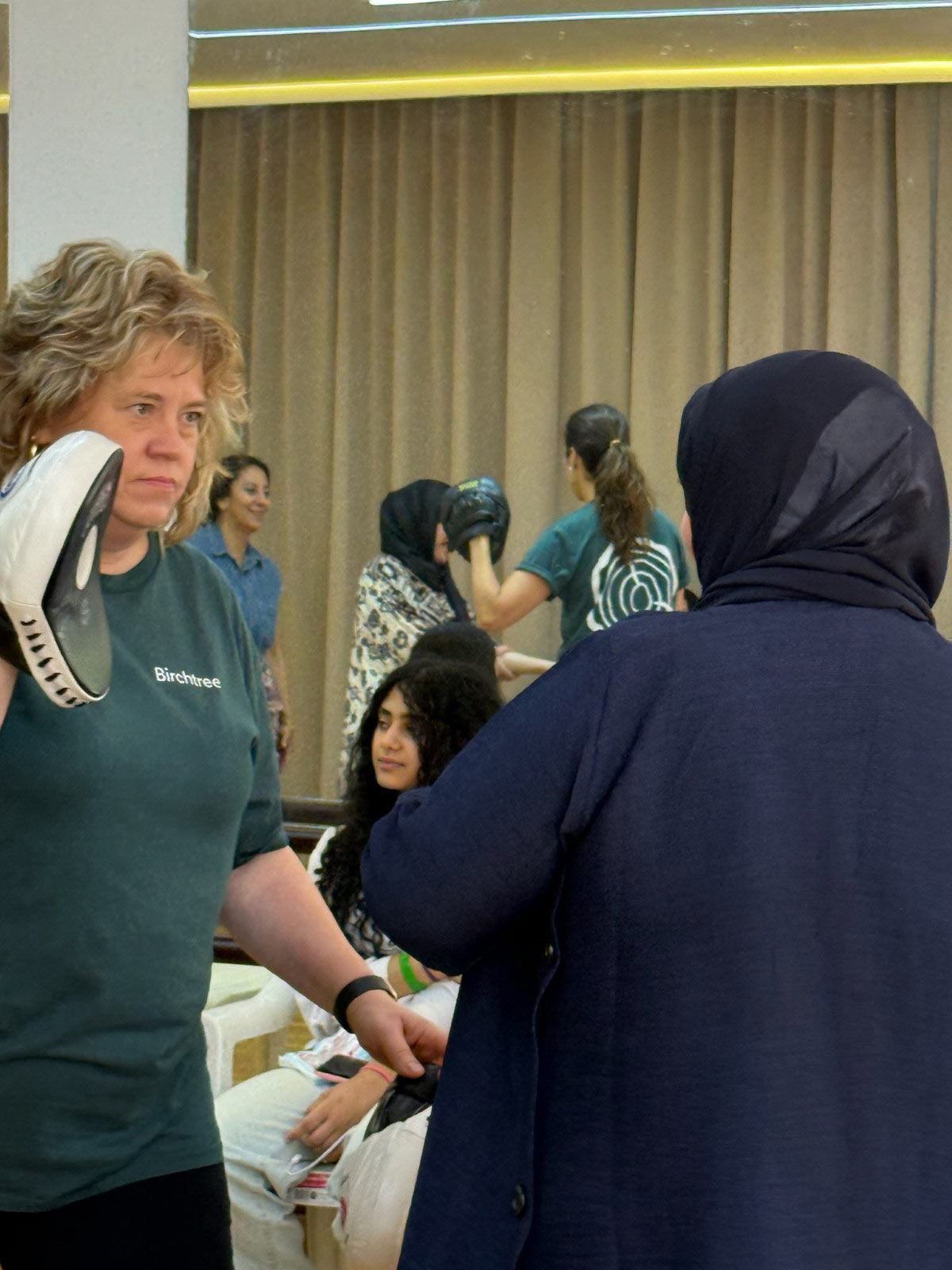
Why ESD is Needed
Gendered violence is a public health crisis.
Globally, the World Health Organization (WHO) reports that 1 in 3 women experience physical and/or sexual violence in their lifetime. Over 1 billion children are exposed to emotional, physical, or sexual violence each year.
In Australia, the statistics are equally alarming:
Sexual victimisation has risen sharply over the past decade (AIHW, 2020)
These figures are not just numbers—they represent lives impacted by trauma, often with long-term consequences for physical and mental health, including depression, anxiety, autoimmune diseases, and even early mortality.

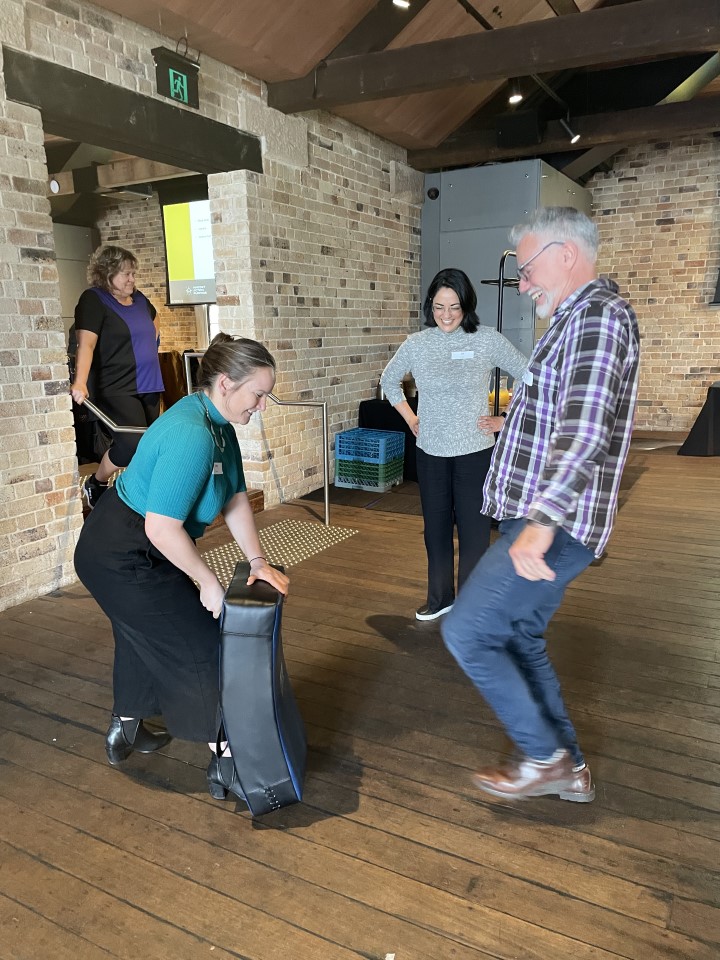
Research Supporting ESD
ESD is supported by a growing body of research showing it can significantly reduce the risk of sexual assault and re-victimisation. Evaluations of ESD programs consistently demonstrate improvements in:
- Self-efficacy
- Assertiveness
- Perceived control
- Physical competence
- Rejection of rape myths
A 2019 meta-analysis found that nearly 48% of survivors were revictimised, often within three years of the initial assault. ESD aims to disrupt this cycle—providing both a preventative strategy and a therapeutic intervention.
Unlike many traditional trauma group therapies, ESD integrates cognitive, emotional, and somatic (body-based) healing—creating a whole-self experience of empowerment.
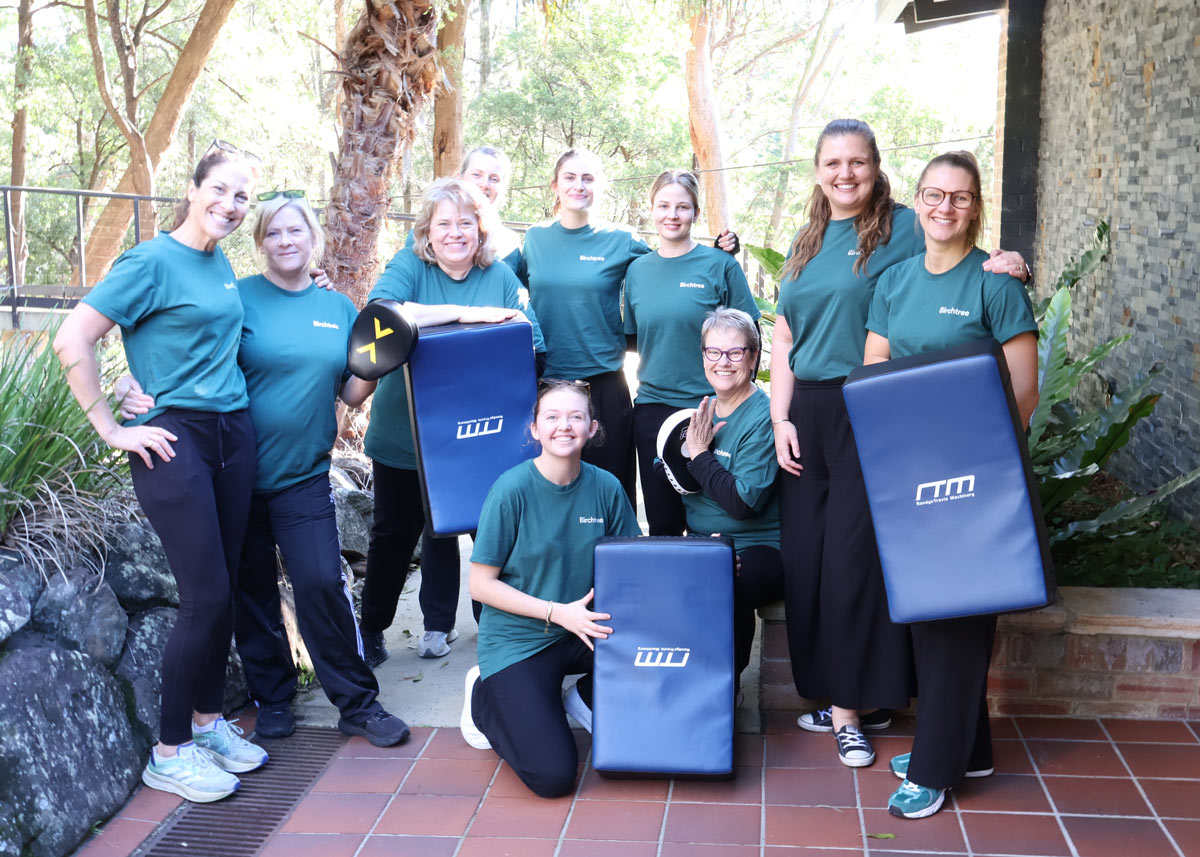
Why ESD Works
ESD breaks away from victim-blaming narratives and offers survivors real tools, real support, and real hope. It challenges harmful societal norms, confronts rape myths, and replaces isolation with connection and empowerment.
Whether in a classroom, a boardroom, or a community centre, ESD brings together prevention, healing, and transformation.
Interested in bringing ESD to your school, university, workplace or community?
Contact us for further information.
